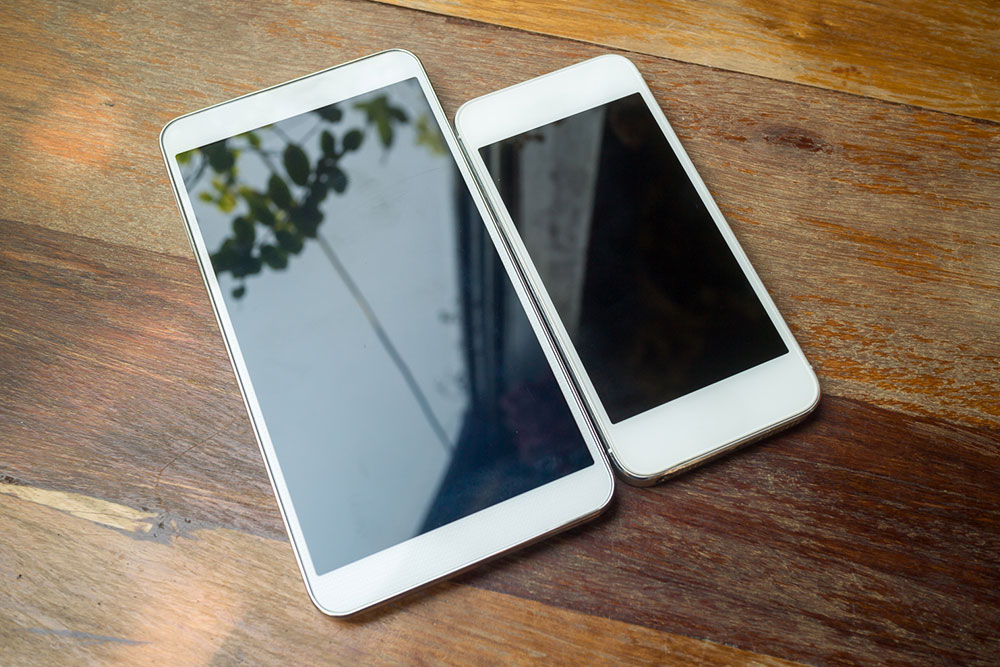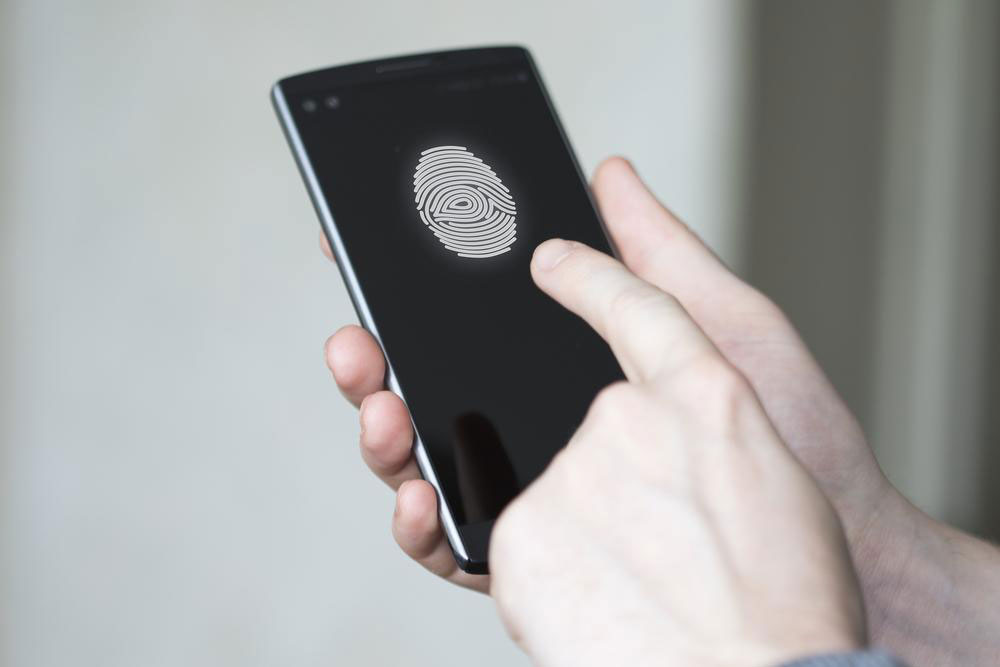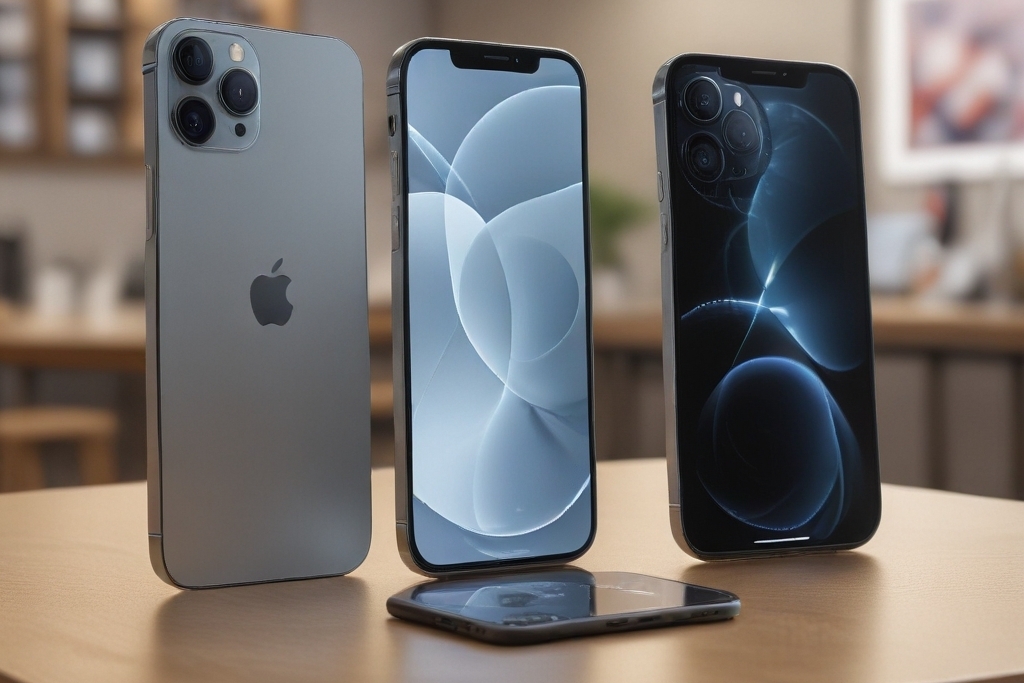Ultimate Guide to Google Pixel Smartphones: Features, Performance, and Buying Tips
Discover the comprehensive guide to Google Pixel smartphones, covering design, performance, camera capabilities, software experience, accessories, and buying tips. Perfect for tech enthusiasts and Android lovers seeking high-quality, reliable smartphones with timely updates and outstanding features.

Ultimate Guide to Google Pixel Smartphones: Features, Performance, and Buying Tips
Since its debut in October 2016, the Google Pixel series has established itself as a leading line of flagship smartphones that combine cutting-edge technology with user-friendly features. Known for its exceptional camera capabilities, clean Android experience, and reliable performance, the Google Pixel continues to attract a wide range of smartphone enthusiasts around the world. This comprehensive guide aims to explore every aspect of the Google Pixel smartphone, including specifications, key features, performance insights, accessory options, and buying advice to help you make an informed decision.
Introduction to the Google Pixel Series
The Google Pixel series was designed to showcase Google's latest innovations in hardware and software integration. As a flagship product, Pixel smartphones are touted for their superior camera quality, rapid performance, and seamless Android experience. The series has evolved significantly since the first model, incorporating new design elements, hardware upgrades, and enhanced features to meet the demands of modern users.
Design and Display
The Google Pixel smartphones come with a sleek, modern design characterized by minimalistic aesthetics and high-quality materials. The models often feature a glass back and aluminum frame, providing durability and an elegant look. The display size varies across different models, but the typical size hovers around 5.0 to 6.0 inches, giving users ample screen real estate for multimedia, gaming, and productivity tasks.
For example, the original Pixel model sports a 5.0-inch Full HD display with a resolution of 1080x1920 pixels, translating to a pixel density of 441 PPI—ensuring crisp and vibrant visuals. The screens utilize OLED technology, which delivers deep blacks, vivid colors, and excellent contrast ratios. Depending on the specific model, display enhancements include features like HDR support and higher refresh rates, which further improve viewing experiences.
Hardware Specifications and Performance
Powering the Google Pixel smartphones is a Qualcomm Snapdragon processor—at least initially, with newer models adopting more advanced chips. For example, the first-generation Pixel features a 1.6GHz quad-core Snapdragon 821 processor, paired with 4GB of RAM, delivering smooth multitasking and fast app launches.
Storage options initially included 32GB of internal storage, which was non-expandable. However, later models increased storage capacities, some offering up to 128GB or more. Notably, Pixel devices emphasize optimized performance, ensuring users experience minimal lag and efficient operation across various apps and tasks.
The Pixel's performance is further supported by a battery that in early models measured 2770mAh, providing sufficient usage time for most users under typical conditions. Despite its modest capacity, the optimized software and hardware ensure impressive battery life. Additionally, newer models have adopted larger batteries and faster charging capabilities to enhance user convenience.
Camera Capabilities
One of the defining features of Google Pixel smartphones is their camera technology. The upgraded 12.3MP rear camera with large 1.55μm pixels captures stunning photos with excellent low-light performance, thanks to Google's sophisticated computational photography algorithms. Features like Night Sight, HDR+, and Super Res Zoom enable users to take professional-quality shots regardless of lighting conditions.
The front-facing camera typically offers 8MP, perfect for selfie enthusiasts and video callers. Google's dedicated software processing ensures images are sharp, vibrant, and detailed. The camera's capabilities often surpass those of competitors, especially in challenging lighting scenarios.
Software and User Experience
Running on stock Android, Pixel smartphones are known for a clean, bloat-free operating system that receives prompt updates directly from Google. The early models shipped with Android 7.1 Nougat and received updates up to the latest Android versions, offering security patches, new features, and enhanced stability.
Google's software optimizations result in a smooth, intuitive experience, with features such as Google Assistant integration, tailored notifications, and personalized suggestions. The Pixel launcher provides easy access to apps and essential functions, making the user interface simple yet powerful.
Additionally, Pixel devices are among the first to receive new Android updates, ensuring users have access to the latest features, security enhancements, and improvements without delay. This timely update policy significantly enhances user security and experience.
Connectivity and Additional Features
Pixel smartphones offer comprehensive connectivity options, including Wi-Fi, Bluetooth, NFC, GPS, and LTE/5G support in newer models. USB-C ports facilitate fast data transfer and charging, while features like stereo speakers in recent models improve media playback quality. Support for accessories such as headphones and external storage enhances overall usability.
Water resistance, wireless charging, and fingerprint sensors are common features across models, further enhancing convenience and security. The lightweight construction and ergonomic design make Pixel devices comfortable for prolonged use.
Colors, Accessories, and Pricing
Google Pixel smartphones are available in various colors, including classic shades like silver and black, along with newer options like blue or limited edition colors. Accessories such as protective cases, screen protectors, and charging docks are widely available, helping users personalize and protect their devices.
Pricing varies based on the model and storage capacity. The original Pixel launched at around $538, but as newer models have been released, prices have generally declined, making earlier versions more affordable. Budget-conscious consumers can find suitable options without sacrificing essential features.
Buying Tips and Conclusion
When considering purchasing a Google Pixel smartphone, it is essential to evaluate your needs—whether prioritizing camera quality, software updates, or hardware performance. Newer models offer advanced features such as 5G connectivity, larger batteries, and enhanced cameras, providing future-proofing.
Overall, Google Pixel smartphones remain an excellent choice for users seeking a premium Android experience, reliable performance, and timely software updates. Their focus on camera innovation and clean software interface makes them stand out in a crowded market.
In summary, if you want a smartphone that offers a seamless user experience, robust build quality, and cutting-edge camera technology, the Google Pixel series is well worth considering. Whether you're upgrading from an older device or making your first Pixel purchase, this guide aims to provide the insights needed to choose the perfect model for your lifestyle.





